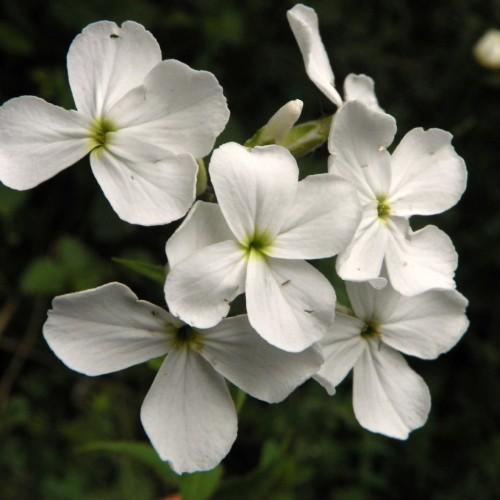
Seaside Bittercress
Cardamine angulata
Also Known As - Angled Bitter CressWatering:
Minimal
Hardiness Zone:
Sun:
full sun,part shade,full shade,sun-part shade
Leaf:
Yes
Growth Rate:
High
Drought Tolerant:
Yes
Salt Tolerant:
Yes
Invasive:
Yes
Care Level:
Easy
watering
Common Shepherd's Purse is a hardy annual plant that prefers moist but well-drained soils with a slightly acidic to neutral pH. It requires regular watering to keep the soil evenly moist but not soggy. Water thoroughly when the top inch of soil is dry, generally every 5-7 days, depending on the temperature and soil type. During hot, dry spells, it may need to be watered more frequently.
sunlight
Common Shepherd's Purse prefers bright, but indirect sunlight. This plant prefers to receive between 3-4 hours of partial sunlight each day. If it is receiving too much direct sunlight it will need to be shaded. Too much direct sunlight can cause the leaves of the plant to scorch and turn yellow. In the winter months, Common Shepherd's Purse may require additional light sources, like LED bulbs, to give it the 3-4 hours of sunlight daily.
pruning
Common Shepherd's Purse should generally be pruned in the spring before the plant flowers, or in the early stages of flowering. In general, it's best to prune off any stems that are visibly dead or damaged. You can also remove any weaker, thinner stems that may be competing with the strongest stems for light and resources. Aim to prune away no more than a third of the plant for best results. Be sure to use clean and sharp pruning tools, and sterilize them between uses to help reduce the risk of disease.
